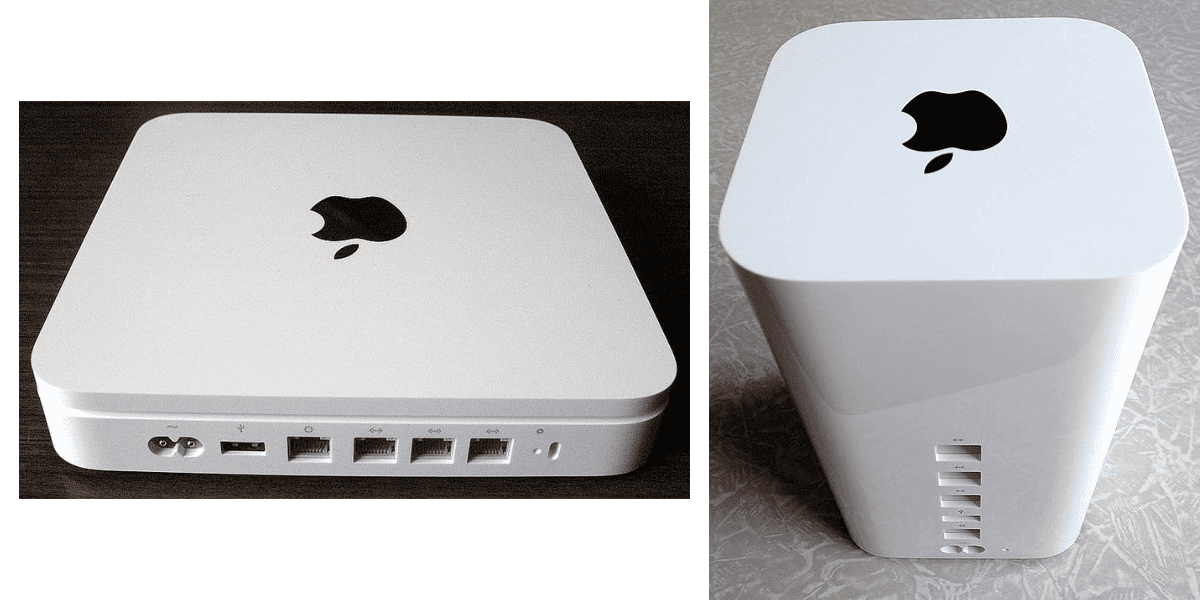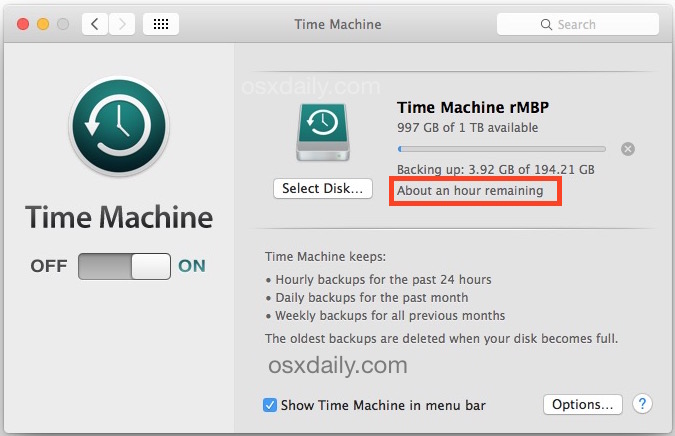

- #What does time machine backup mac how to#
- #What does time machine backup mac mac os x#
- #What does time machine backup mac full#
- #What does time machine backup mac mac#
It also keeps weekly backups for as long as the external drive that you’re using for Time Machine has available space. Time Machine keeps these hourly backups for the past 24 hours, then keeps a daily backup for the past month.
#What does time machine backup mac mac#
Once the first backup is complete, Time Machine checks your Mac for new, changed, and deleted files once every hour. This initial backup can take some time, so be patient and allow it to finish.
#What does time machine backup mac full#
Time Machine performs a full backup of your Mac when it is first set up. How often does Time Machine back up your Mac, and for how long?
#What does time machine backup mac how to#
We show you how to use Time Machine and answer “how long does Time machine take” on your Mac: While what Time Machine does is surprisingly complex, setting it up and using this feature is quite simple. Time Machine is unique among most backup applications in that it captures exactly what was on your Mac on any day in the past, making it easy to recover files, emails or media that may have been inadvertently deleted.

That feature is Time Machine, a built-in backup application used to keep an up-to-date copy of all of the files on your Mac.
#What does time machine backup mac mac os x#
Every question won’t be answered, we don’t reply to email, and we cannot provide direct troubleshooting advice.Whether you’re new to the Mac platform or have been using it for years, there’s one feature built into Mac OS X or macOS that you should not only know about, but use. If not, we’re always looking for new problems to solve! Email yours to including screen captures as appropriate, and whether you want your full name used. We’ve compiled a list of the questions we get asked most frequently along with answers and links to columns: read our super FAQ to see if your question is covered.

It also means you can delete snapshots without having to worry about files being deleted that are required for other backups. The advantage of this hard-link system is both user-friendly navigation in the Finder, and also a straightforward method of restoring a snapshot without having to perform additional date and time comparisons or other operations. When that’s removed, the associated file is deleted too. Each of those links can be removed without deleting the original until there is just a single link left. Every instance of the file you see is really a link to that one unique version. However, the hard link means that the file exists uniquely just once on a drive. So if you have a file called House Survey 541B.docx in every snapshot in Time Machine, you’d be forgiven for thinking that it was duplicated all those times and Time Machine had made a few dozen copies of House Survey 541B.docx. A hard link looks and acts like a separate copy of a file when you examine it in the Finder or via the Terminal. Time Machine only copies a file when it changes, but it creates snapshots for each backup that use what are known as hard links for every file on your backed-up drive.


 0 kommentar(er)
0 kommentar(er)
